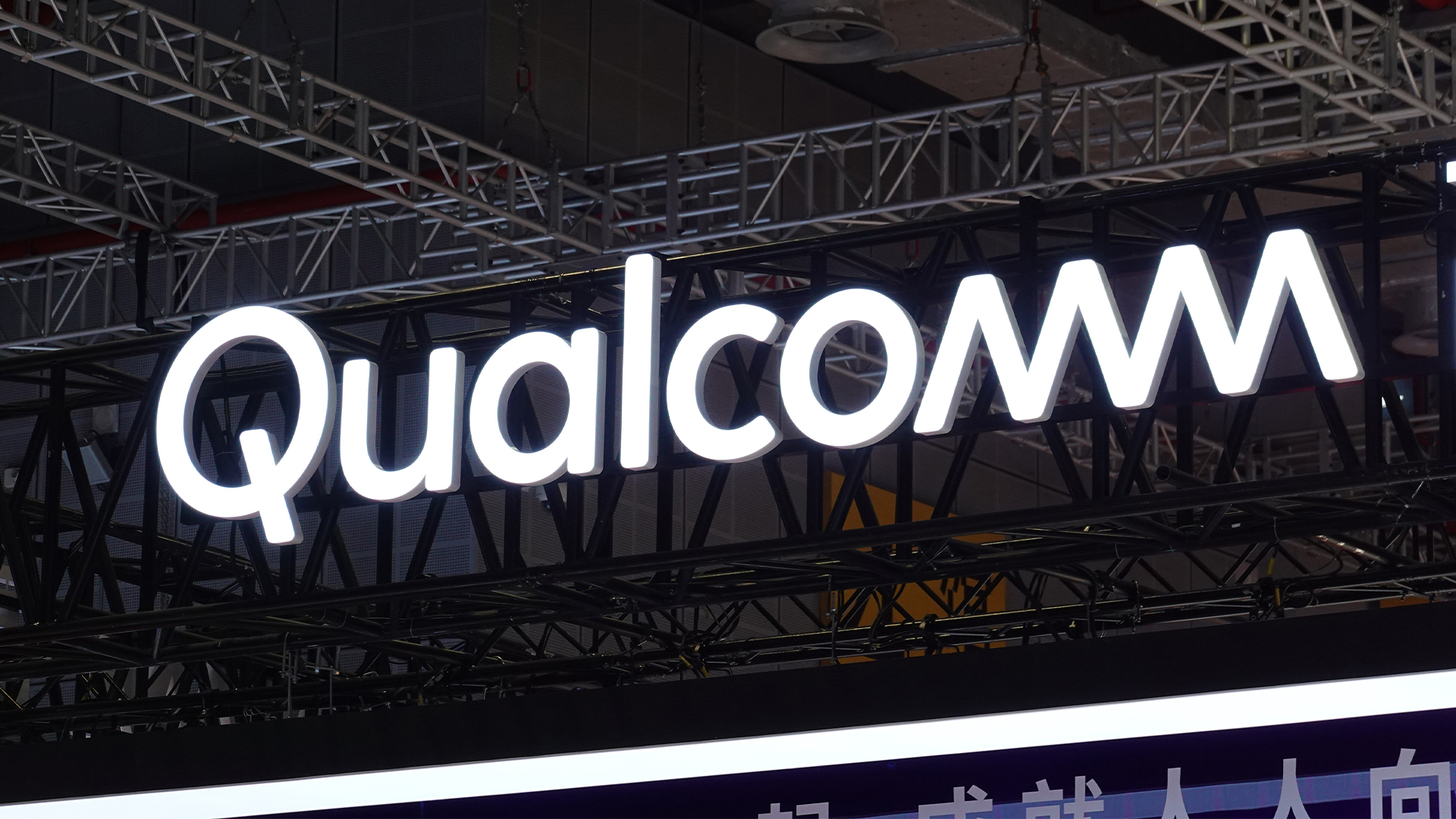Fujitsu Primergy BX900S1 Dynamic Cube - blade server review
Fujitsu ups the ante in the blade server market with its new Dynamic Cube. Is resistance futile?
Fujitsu’s latest blade server delivers a very high server density and plenty of innovative features. Expansion potential is extremely good, remote management and monitoring are amongst the best and there’s a lot more yet to come.

EXCLUSIVE
As one of the big four blade server manufacturers, Fujitsu has been in this game right from the start. It was one of the first to launch a product way back in 2002.

Since then, the Primergy BX300 has been superseded by the BX600 and now we have the provocatively named BX900S1 Dynamic Cube, which focuses on high density computing, consolidation and, of course, virtualisation.
The Primergy BX900S1 takes the fight to HP's doorstep as it competes directly with its mighty BladeSystem c7000. However, the BX900S1 takes design to the next level as it offers a number of unique features that the competition will be hard pressed to match.
Standing at 10U, the BX900S1 chassis is the same height as the c7000 but scores better for server capacity as it can accommodate nine full-height or eighteen half-height blades or a mixture of both.
Redundancy is high on the agenda as there is room for up to six 2,800W hot-plug power supplies at the rear and each has a pair of removable dual-fan modules. The chassis shows off Fujitsu's 'Cool-safe' design as any bay that isn't being used is automatically covered by a self-sealing flap.
The cooling design enables air speed to be reduced, which in turn cuts noise levels. During the review we concluded that the BX900S1 was on a par with the c7000 and much quieter than IBM's BladeCenter H, which still uses two stonking great blower fans for the entire 9U chassis. The BX900S1 chassis is also divided into six cooling zones where each power supply looks after the three corresponding half-height bays at the front.
Sign up today and you will receive a free copy of our Future Focus 2025 report - the leading guidance on AI, cybersecurity and other IT challenges as per 700+ senior executives
Fujitsu scores well for connection options as the new chassis has eight expansion bays at the rear - double that in the BX600 and the same number as the c7000. Fujitsu has gone further as the BX900S1 has four independent fabrics each with two expansion bays assigned to them.
This offers some interesting stacking possibilities as you can link fabrics horizontally via an internal stacking port or vertically using an external 10GbE CX-4 port on an expansion module. You can also use the latter to physically link up to four chassis together.
A good range of connection modules is already available with Gigabit and 10GbE on the table along with 4Gbps and 8Gbps Brocade fibre blades. The latter have been designed specifically for the BX900S1 but note that some of the Cisco Ethernet modules are essentially the same as those used by HP so only support up to 16 blade slots.
Dave is an IT consultant and freelance journalist specialising in hands-on reviews of computer networking products covering all market sectors from small businesses to enterprises. Founder of Binary Testing Ltd – the UK’s premier independent network testing laboratory - Dave has over 45 years of experience in the IT industry.
Dave has produced many thousands of in-depth business networking product reviews from his lab which have been reproduced globally. Writing for ITPro and its sister title, PC Pro, he covers all areas of business IT infrastructure, including servers, storage, network security, data protection, cloud, infrastructure and services.
-
 Qualcomm the data center with $2.4 billion Alphawave Semi acquisition
Qualcomm the data center with $2.4 billion Alphawave Semi acquisitionNews The move sees Qualcomm absorb Alphawave Semi’s portfolio of custom silicon, high-speed connectivity solutions, and chiplets
By Daniel Todd Published
-
 ‘If software development were an F1 race, these inefficiencies are the pit stops that eat into lap time’: Why developers need to sharpen their focus on documentation
‘If software development were an F1 race, these inefficiencies are the pit stops that eat into lap time’: Why developers need to sharpen their focus on documentationNews Poor documentation is a leading frustration for developers, research shows, but many are shirking responsibilities – and it's having a huge impact on efficiency.
By Ross Kelly Published
-
 OpenAI says GPT-5.2-Codex is its ‘most advanced agentic coding model yet’ – here’s what developers and cyber teams can expect
OpenAI says GPT-5.2-Codex is its ‘most advanced agentic coding model yet’ – here’s what developers and cyber teams can expectNews GPT-5.2 Codex is available immediately for paid ChatGPT users and API access will be rolled out in “coming weeks”
By Ross Kelly Published
